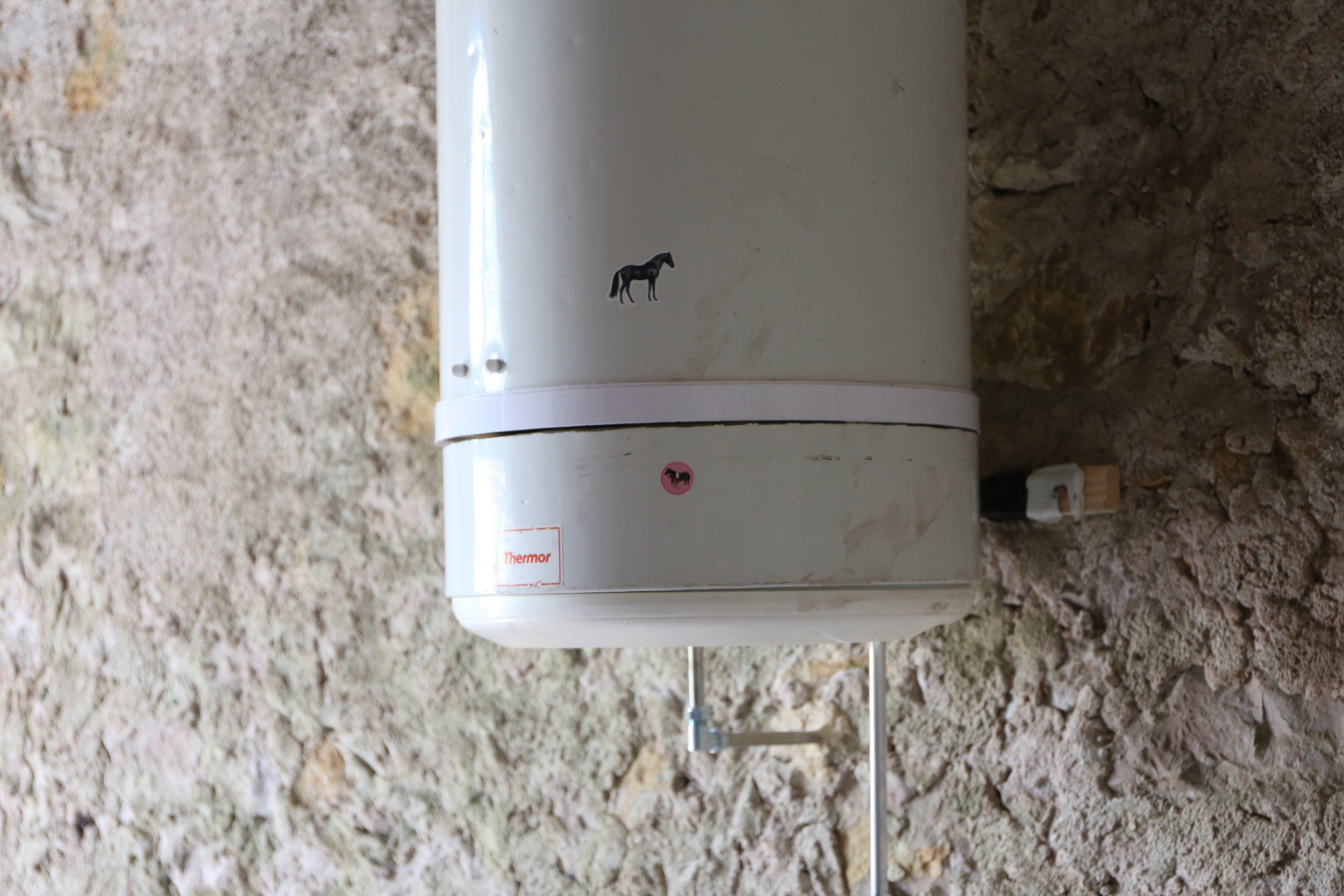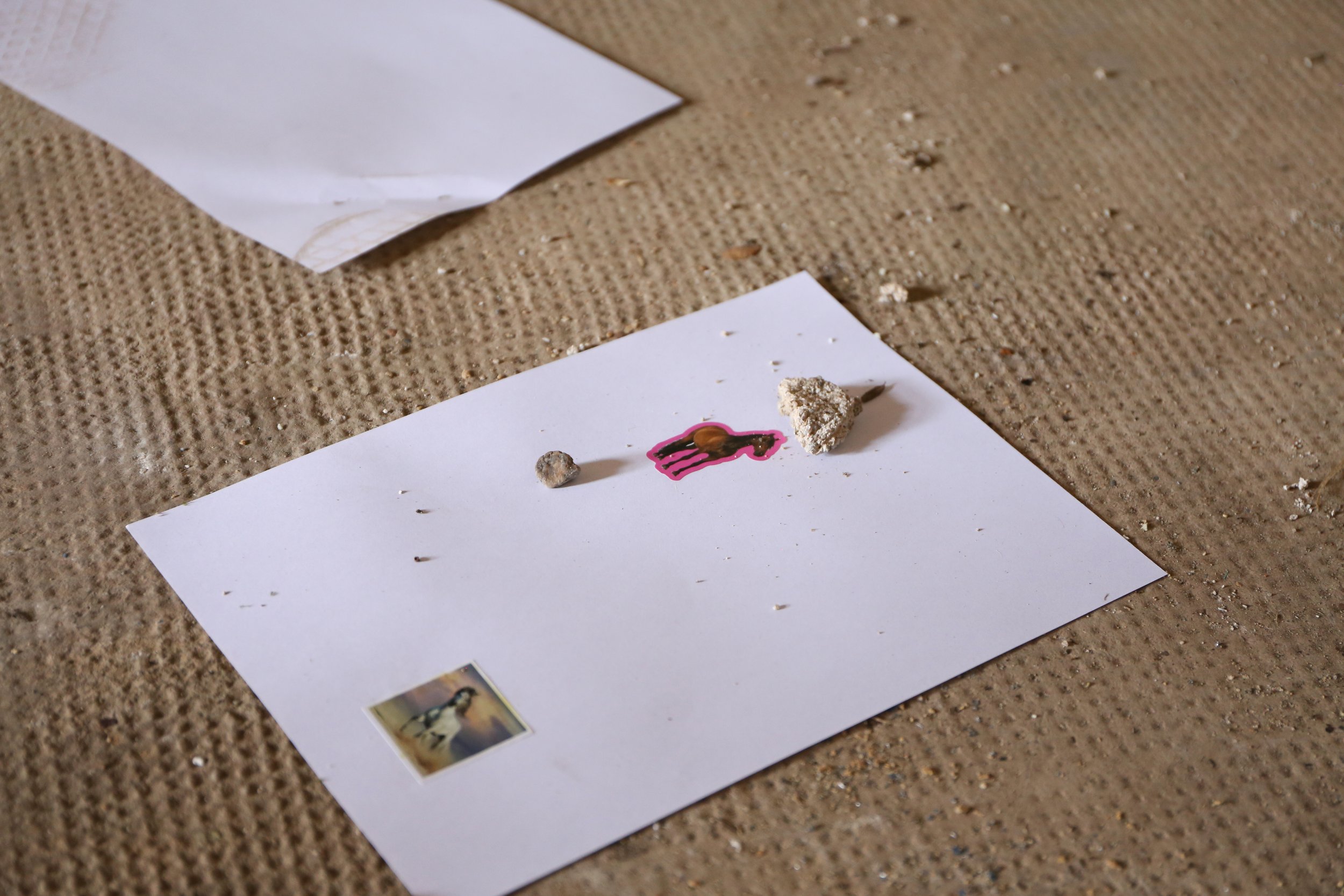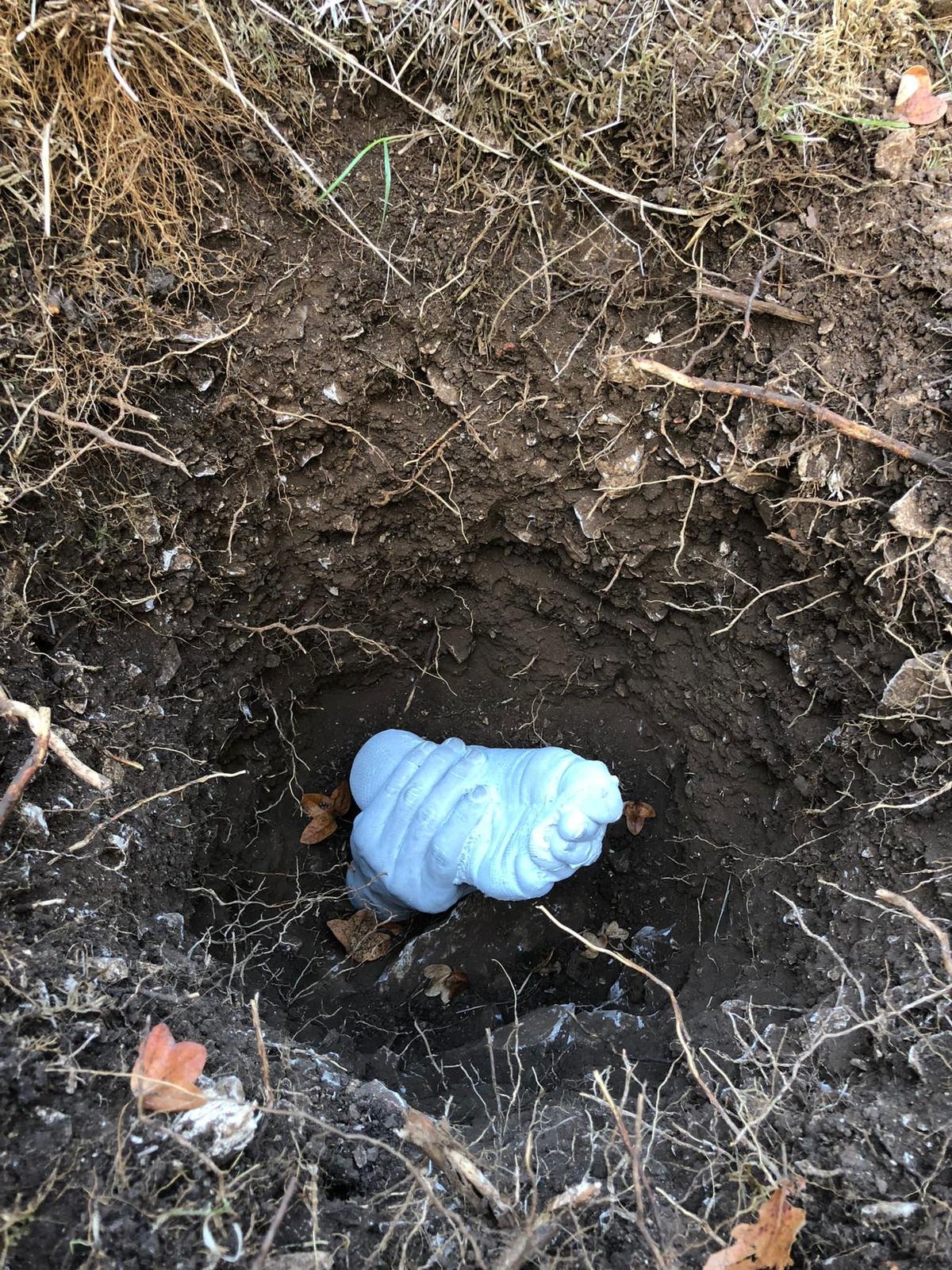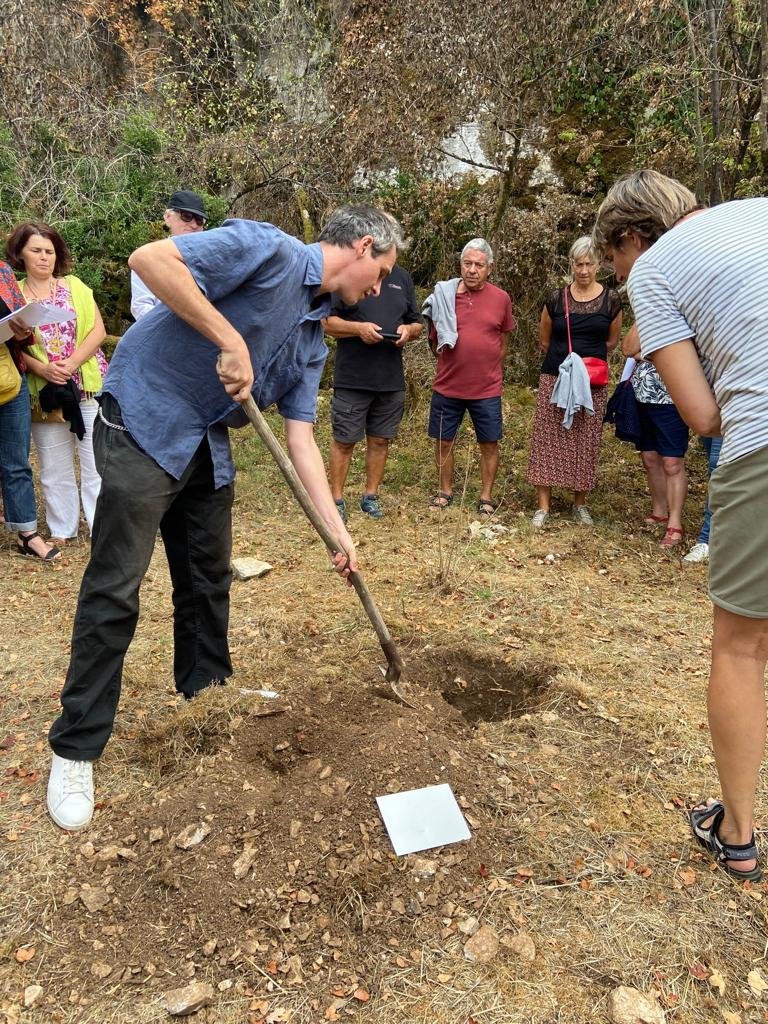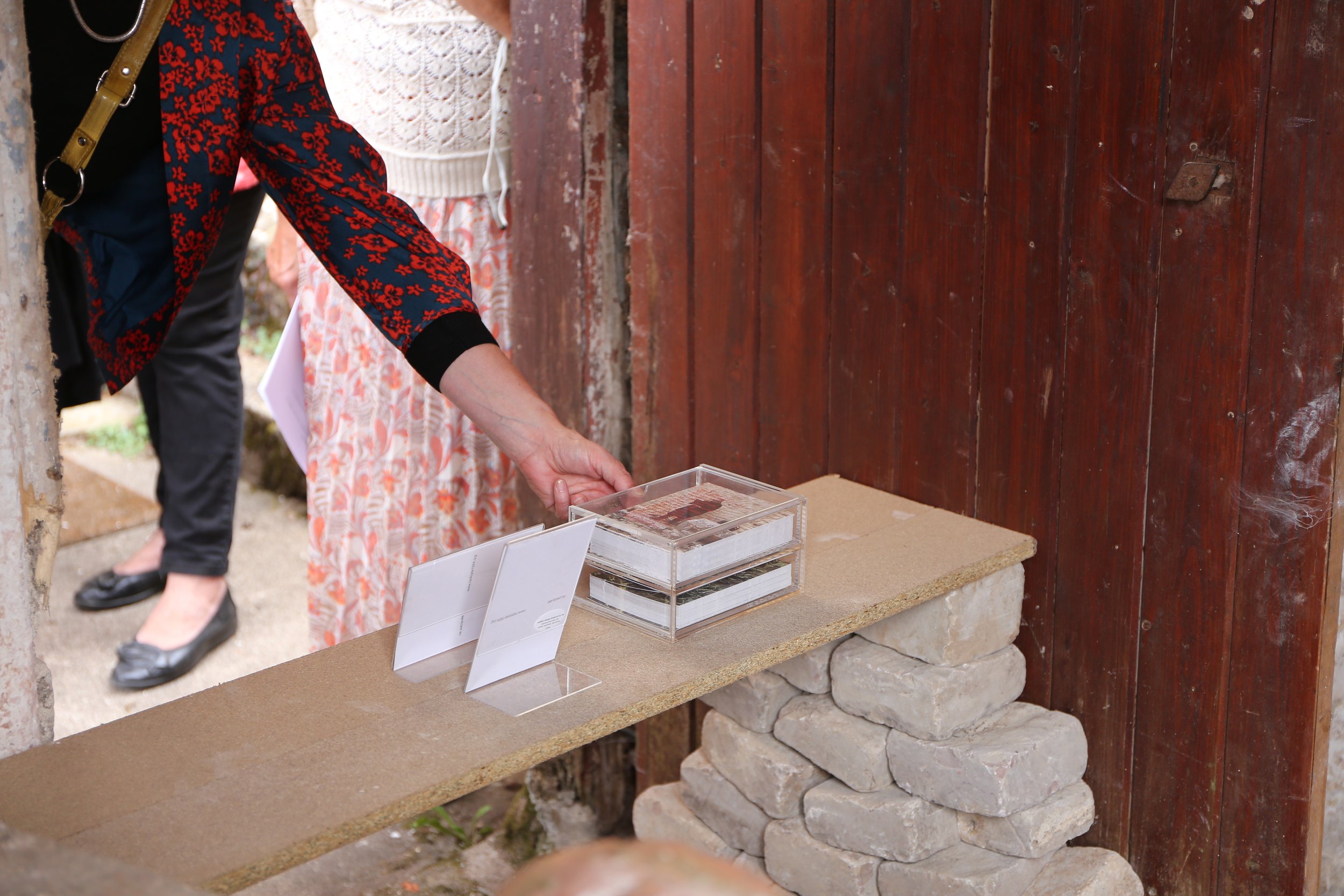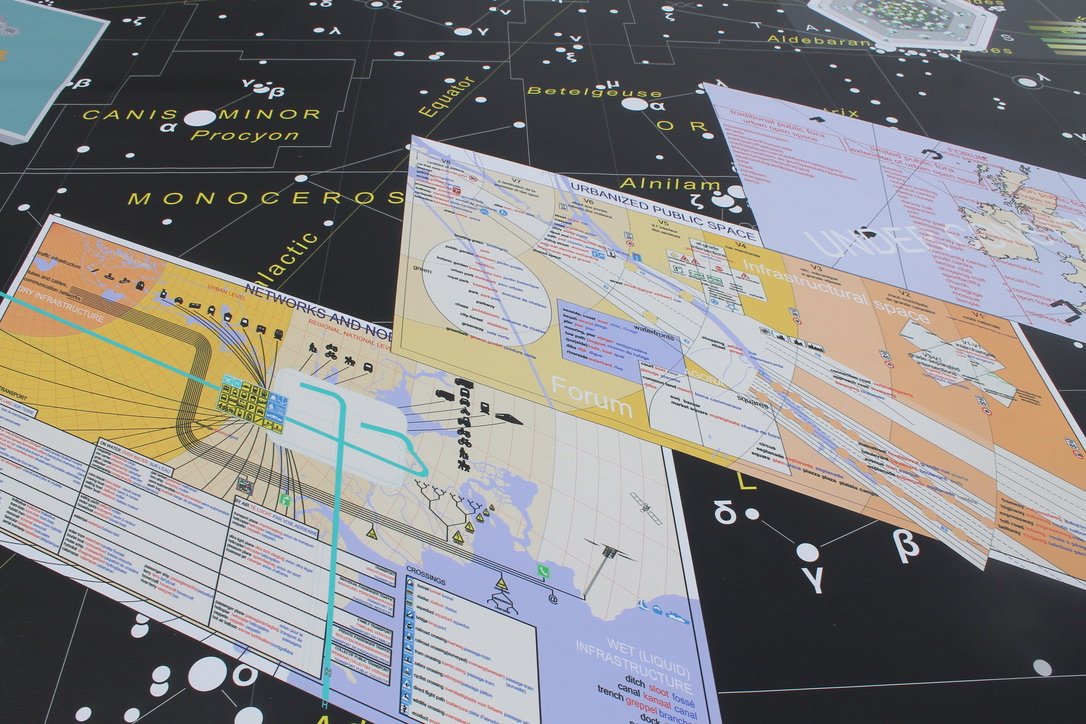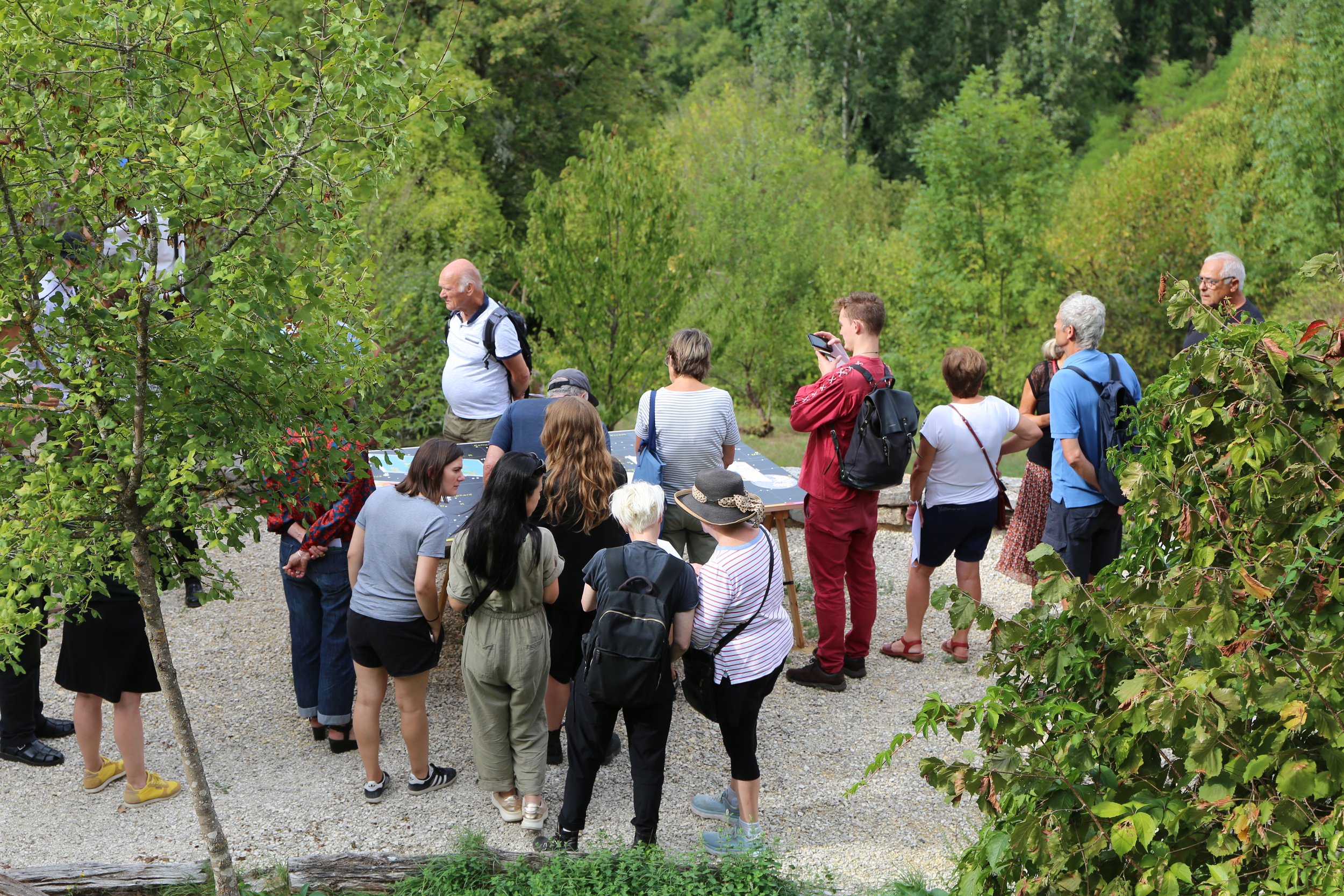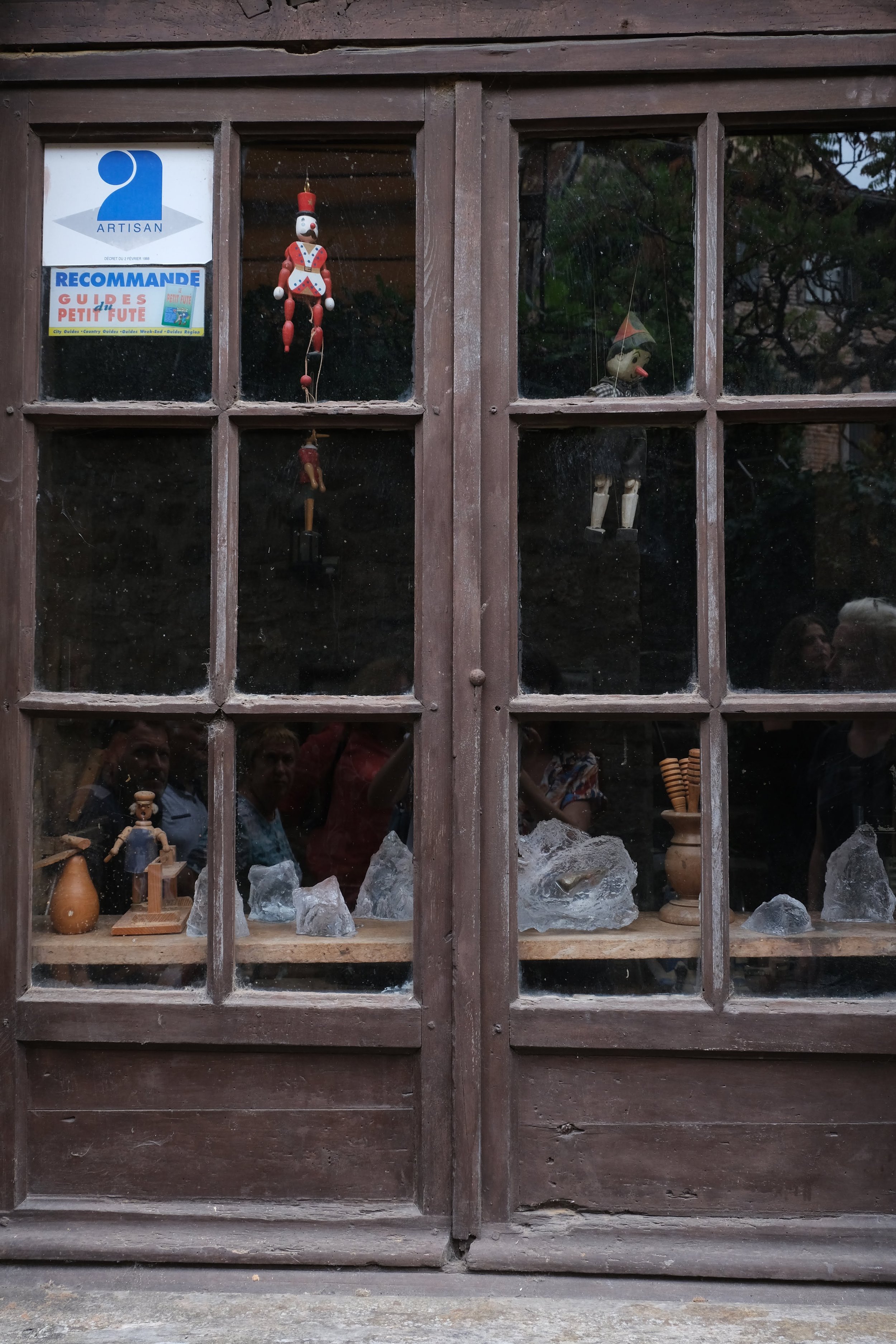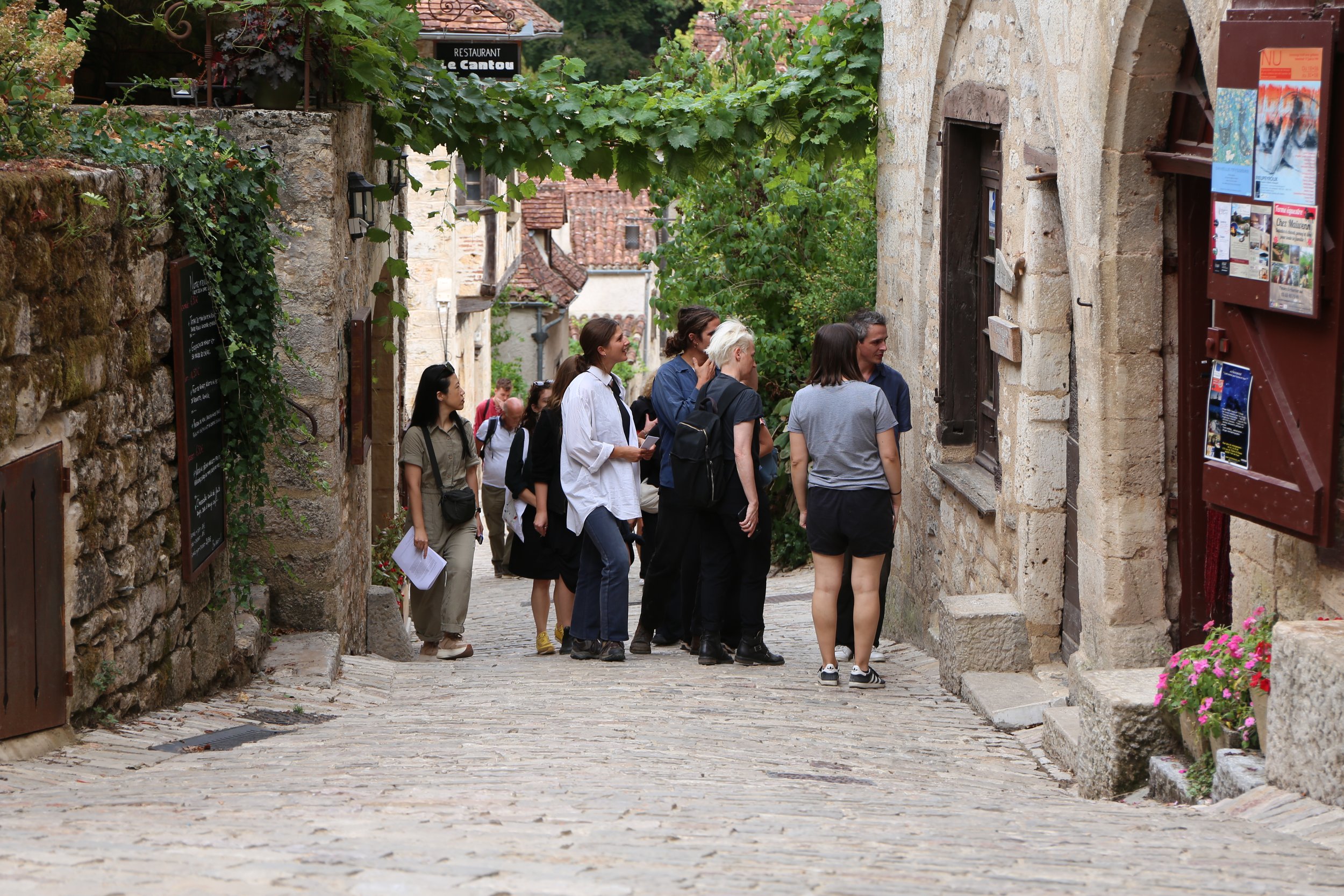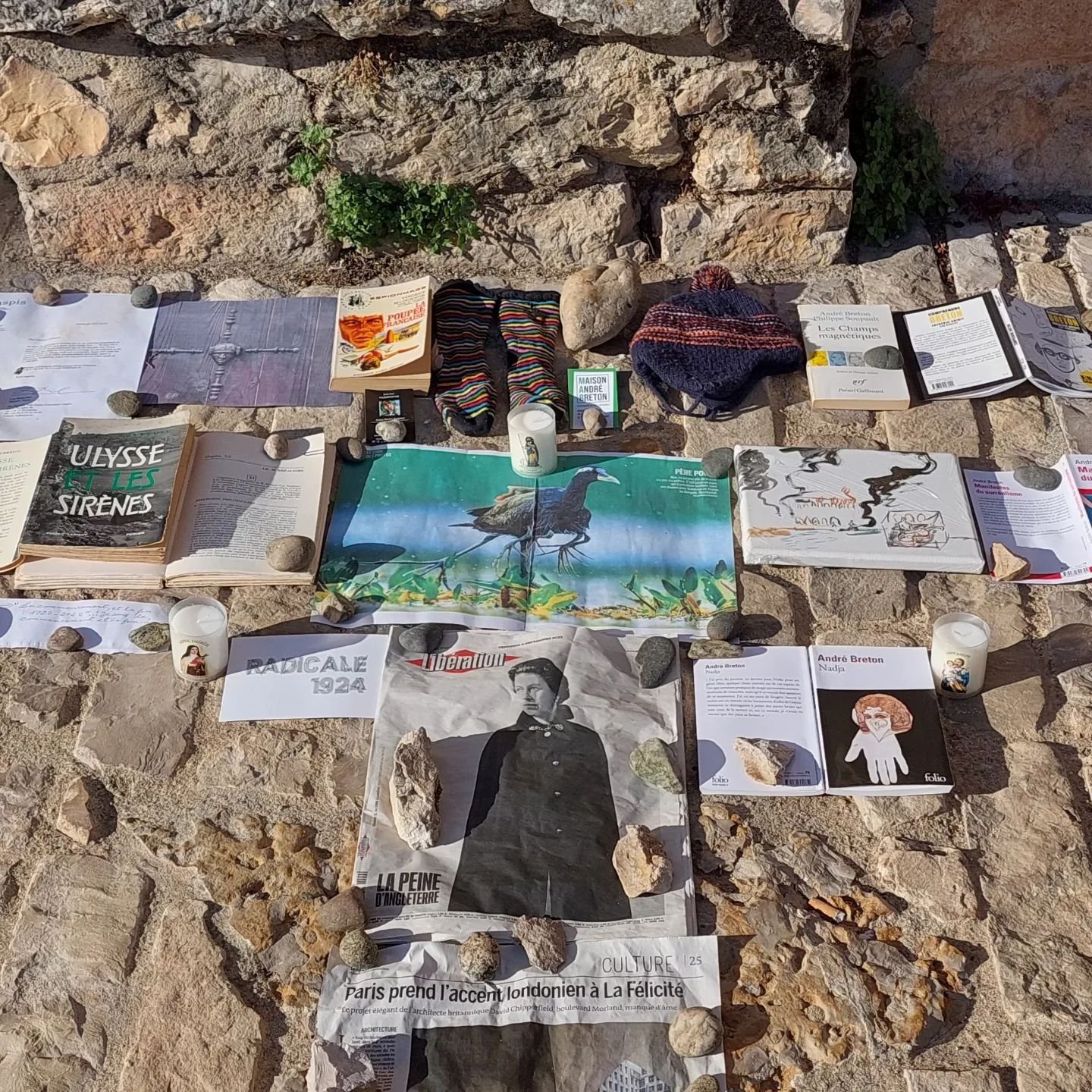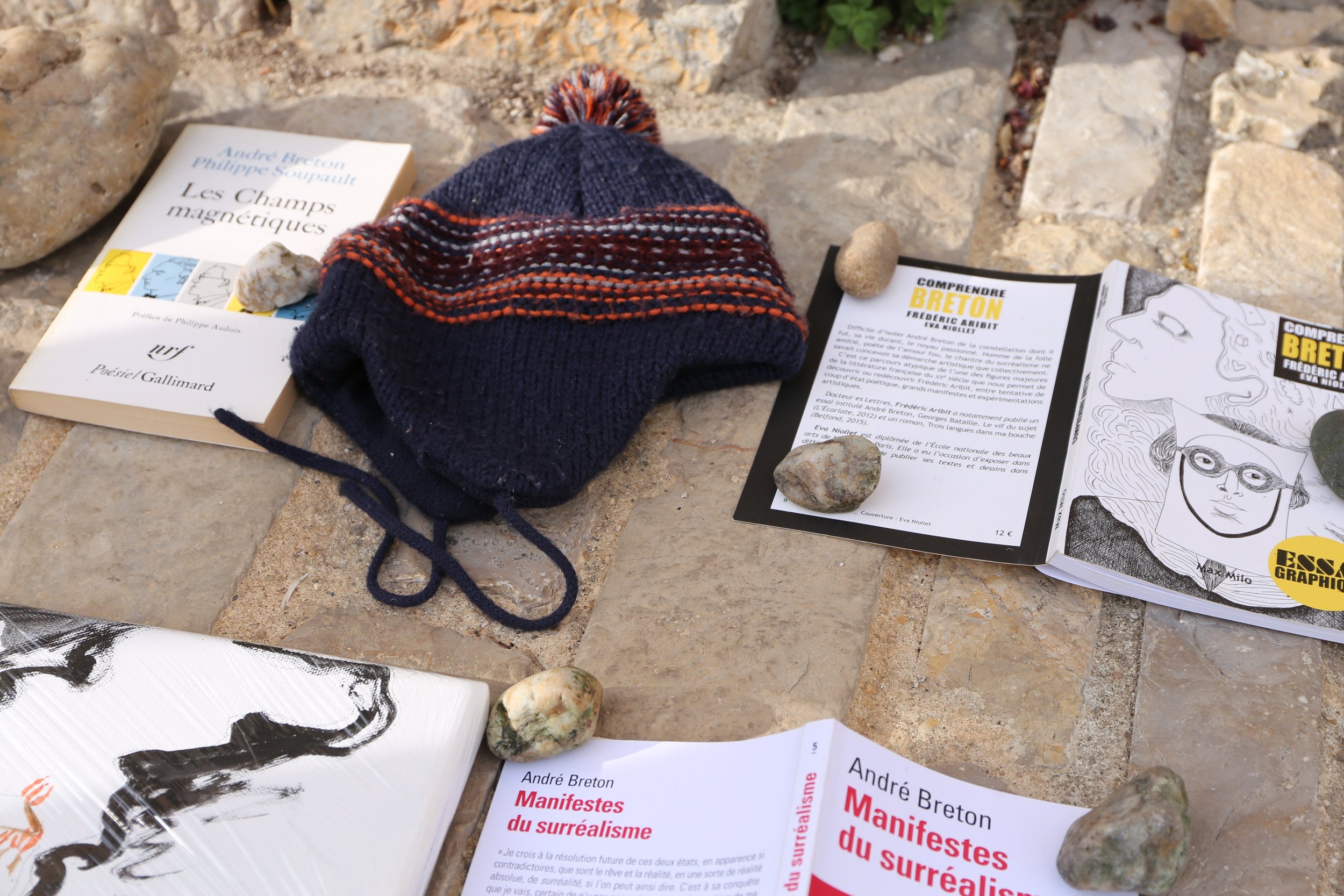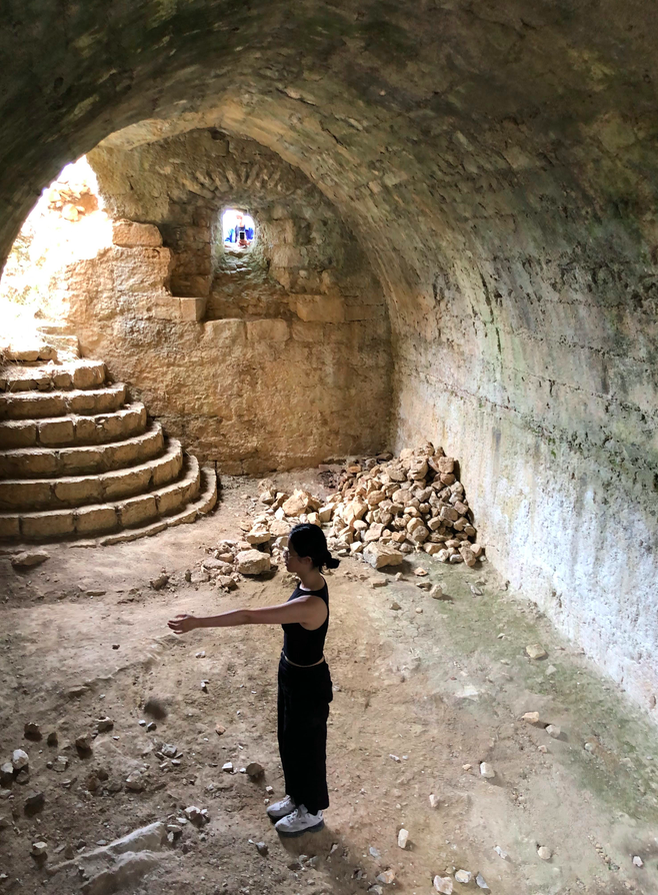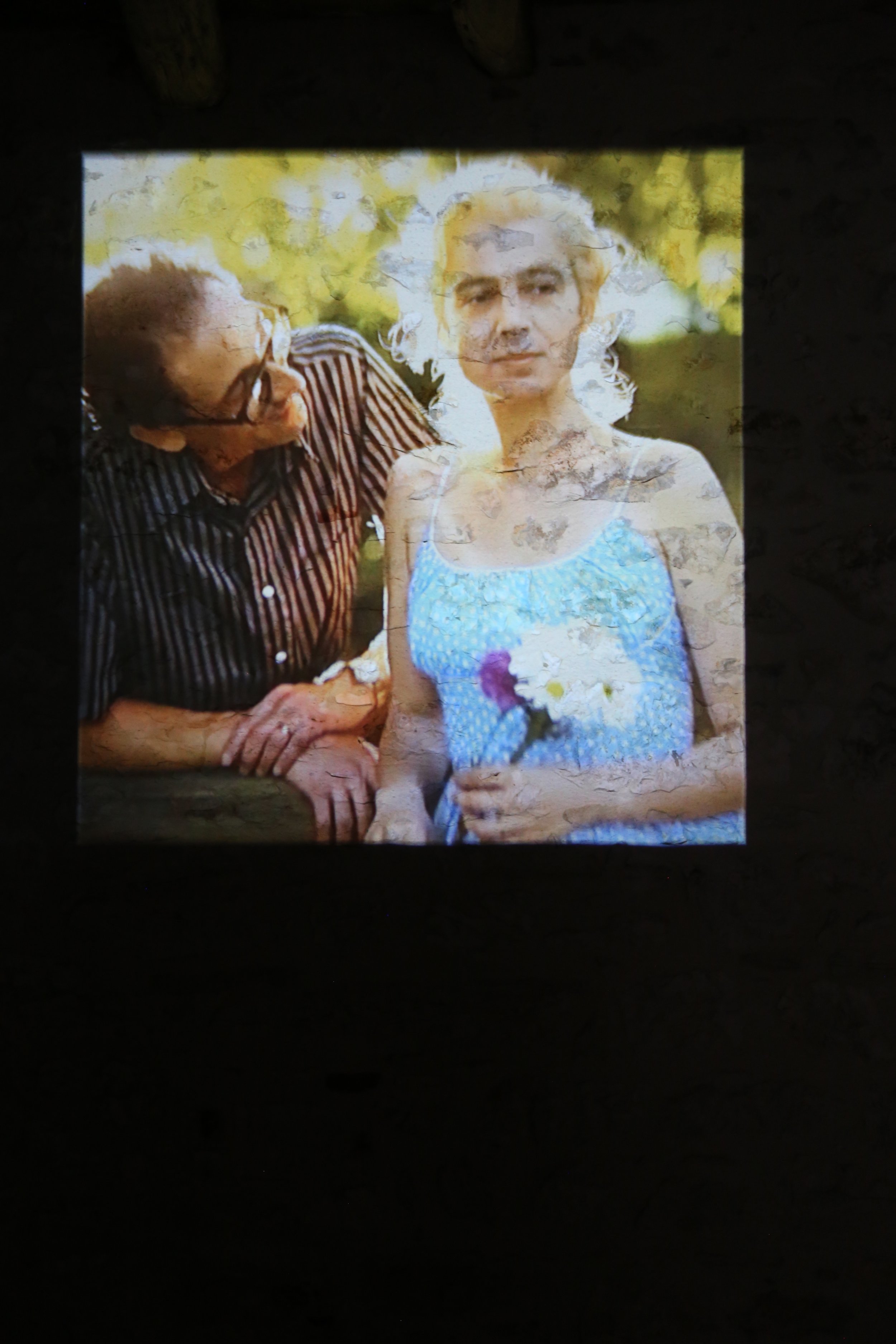Costume design by Pablo Picasso for the performance of Parade des Ballets Russes by Serge Diaghilev at the Théâtre du Châtelet in Paris on May 18, 1917. Characters in the parade: French Manager, Horse and American Manager.
We most recently celebrated the second edition of Parade, The Public Event in Saint-Cirq Lapopie.
Parade, The Public Event does not pretend to be a performance but instead a way to forge a future founded on unbridled artistic expression and sincerity. This initiative pays homage to the 1917 ballet PARADE, choreographed by Leonide Massine, with music by Erick Satie, a script by Jean Cocteau and set designs by Pablo Picasso. As expressed by Rothschild, "[The] theme of the ballet is artistic frustration, as the performers fail to entice the audience to enter the true spectacle within." This leaves us to wonder, then, where the bounds of the scene truly end and begin. Throughout the week Saint-Cirq Lapopie transforms into a scene as Parade, The Public Event challenges spectators and artists alike to confront the challenges of today’s world.
The legacy of La Maison André Breton as a haven for artists has since been reappropriated by Radicale1924 in its aim to evoke the past in a contemporary cultivation of artistic exchanges. This exchange is made possible by the generous hospitality of numerous residents of Saint-Cirq Lapopie who open their doors to artists and friends alike during this time.
The artists involved generate proposals that reconfigure collective imaginaries and predetermined assumptions whilst initiating a reflection on how we work together, with, and against Surrealism. Thus, Parade, The Public Event elaborates a contemporary reading of the past while in dialogue with the complexities of our present.
The second season includes an international cohort of artists from different generations invited by Chantal Yzermans, Belgian choreographer and founder of the project Radicale 1924 : Georges Adéagbo (BN) Guillaume Bijl (BE) Ria Pacquée (BE) Carlos Aires (ES) A.L. Steiner (USA) Luc Deleu (BE) Nienke Baeckelandt (BE) Nicolas Bourthoumieux (BE/FR) Elias Cafmeyer (BE) Cedric Fargues (FR) Hans Demeulenaere (BE) Olga Mihk Fedorova (BE/RU) Stéphanie Lagarde (FR) Agence Future (BE) Samyra Moumouh (BE) Siham Mehaimzi (FR) Angel Paz (VE) Mikes Poppe (BE) Idris Sevenans (BE) Simona Mihaela Stoia (RO) Victoria Parvanova (BE) Zena Van den Block ( BE) Pieter van der Schaaf (NL) Yi Zhang (BE/ROC)
The artworks are placed in different locations throughout the village, following the itinerary:








